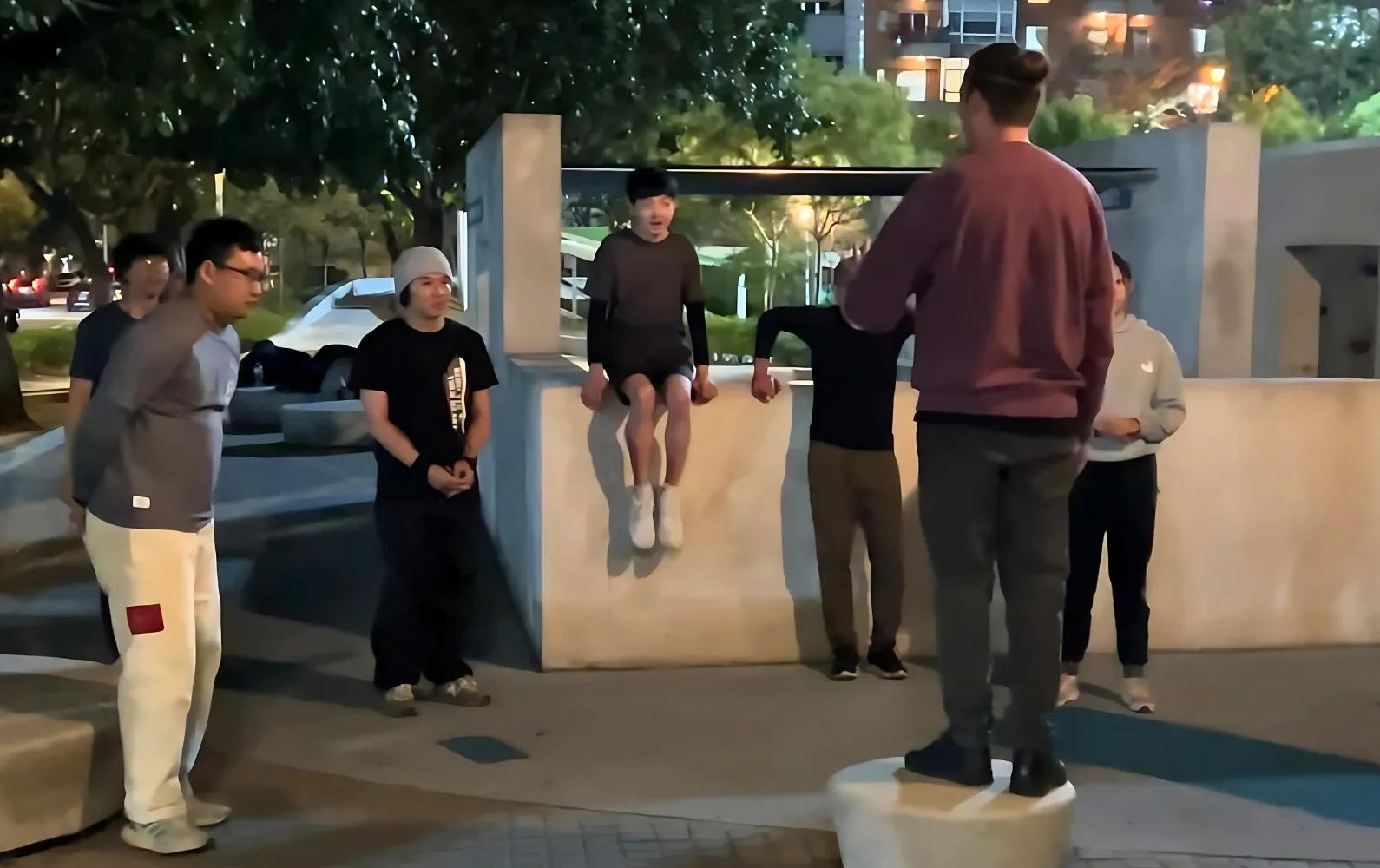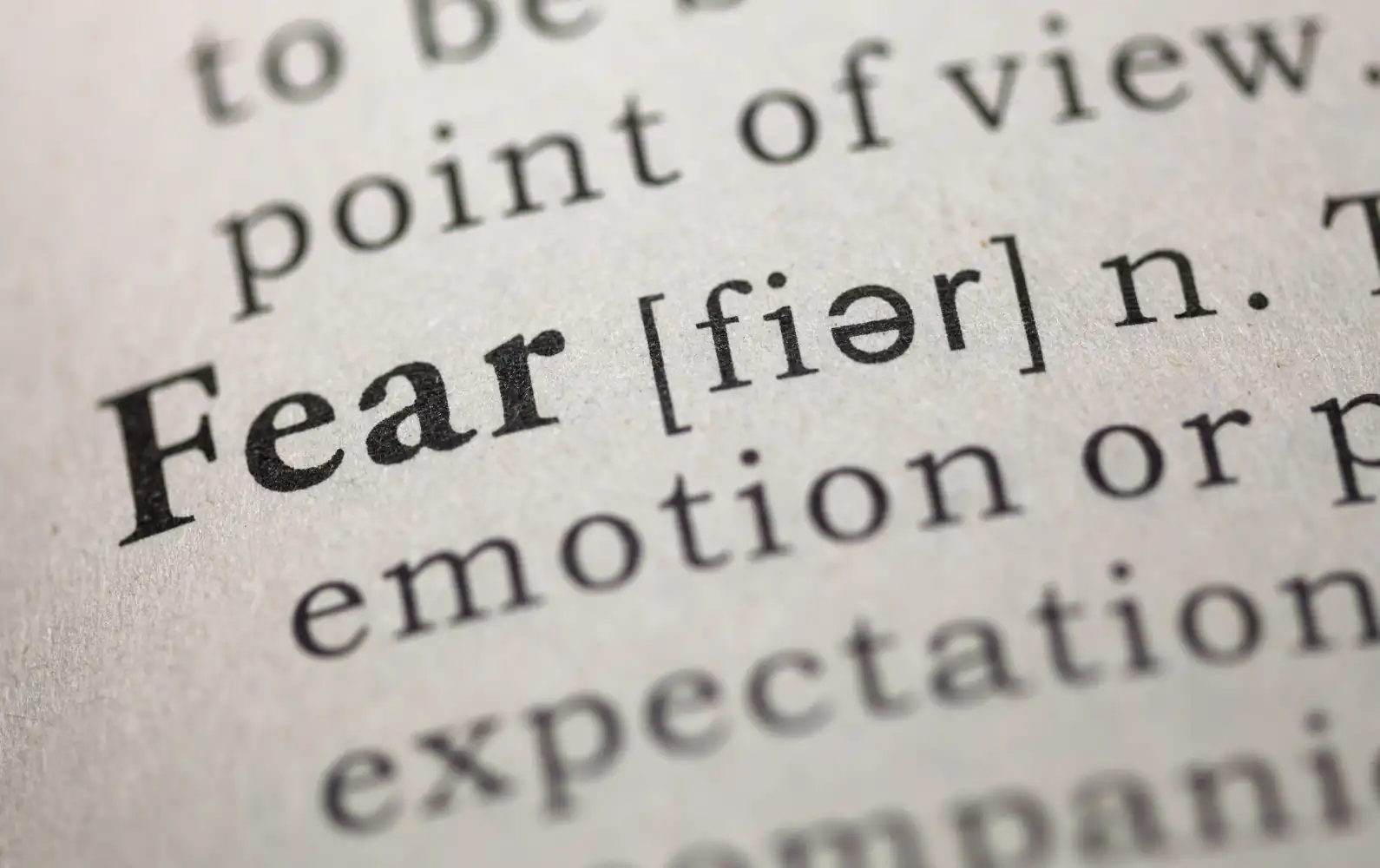Flow Drills to Improve Your Parkour Style
Want to move like water? Want your parkour to look smooth and fun? This guide has easy drills to help you connect moves more cleanly. The tips are simple. They are safe. They help your style grow fast.
Why flow matters
Flow means one move melts into the next. You keep speed, control, and style. Flow makes parkour look cool. It also keeps you safe. When you flow, you think less and feel more.
Warm-up (don’t skip it!)
A good warm-up wakes your body. It lowers chance of injury. Spend 8–15 minutes on this:
- Light jog or jump rope (3–5 minutes).
- Joint circles: ankles, knees, hips, shoulders, wrists (1 minute each).
- Dynamic stretches: leg swings, arm swings, hip openers (5 minutes).
- Easy rolls and soft landings to wake muscle memory (2–3 reps each).
Drill 1 — Flow Line Walk
Find a simple line of small obstacles. This can be curbs, benches, or boxes. The goal is to move along without stopping.
- Step 1: Walk the line slowly. Pay attention to foot placement.
- Step 2: Walk it faster. Use arms to balance.
- Step 3: Add small hops or vaults. Keep the line steady.
Repeat this drill for 5–10 minutes. Try different routes and turn types.
Drill 2 — Tic-Tac to Vault
Tic-tac helps you change direction and gain height. Try this simple combo:
- Run to a wall or low obstacle.
- Use one foot to push off (tic-tac).
- Turn your body and step into a simple vault (safety vault or speed vault).
- Land and continue running.
Do this slowly at first. Focus on the push and the smooth step into the vault.
Drill 3 — Roll to Run
Rolling keeps your momentum and protects your body. This drill links a landing to a sprint.
- Jump down or step off a small obstacle.
- Land softly on both feet.
- Turn the landing into a shoulder roll. Keep your chin tucked.
- Pop up and sprint away.
Practice the pop-up. The faster you rise after the roll, the better your flow.
Drill 4 — Rhythm Ladder
Use a hopscotch or draw a ladder with chalk. This drill builds timing and footwork.
- Step through squares in a steady rhythm.
- Change tempo: slow, normal, fast.
- Add arm swings and small turns.
Try to keep breathing calm. Rhythm helps you link bigger moves later.
Drill 5 — Shadow Flow
Shadow flow is like dance practice. Move slowly and feel each step.
- Pick a simple sequence of 4 moves (run, vault, land, roll).
- Do the sequence in slow motion.
- Focus on arms, hips, and eyes.
- Repeat faster each time.
Slow practice makes fast practice cleaner.
Drill 6 — Music and Metronome
Music gives you a beat. A metronome is even better for timing.
- Pick a song with a steady beat.
- Match your steps to the beat.
- Try a metronome set to 80–120 bpm for warm tempos.
Use music only after you know the moves. Music improves rhythm and style.
How to connect moves smoothly
Here are simple tips to link moves like a pro:
- Look ahead, not down. Your eyes guide your body.
- Use your hips. Hips move the weight and make transitions easy.
- Keep arms active. Arms help balance and add style.
- Control speed. Sometimes slow is better than fast.
- Breathe. Calm breathing keeps movement smooth.
- Spot the landing. Know where you will land before you jump.
- Use small steps. Tiny adjustments save big mistakes.
Combine small drills into combos
Start by linking two moves. Then add one more. Here are easy combos:
- Run → Monkey Vault → Land → Roll
- Lazy Vault → Safety Vault → Run Pre
- Precision Jump → Quick Turn → Precision Jump Back
Practice each combo 5–10 times. Make it smooth, not scary.
Practice plan (sample session)
This is an easy 60-minute plan you can use three times a week.
- Warm-up: 10 minutes
- Basics (footwork, rolls, vaults): 15 minutes
- Flow line or ladder: 10 minutes
- Combo practice: 15 minutes (work on 2–3 combos)
- Cool down and stretch: 10 minutes
Safety tips
- Start low and slow. Build height and speed over time.
- Wear good shoes. Grip matters.
- Check surfaces for wet spots or gravel.
- Use a spotter for new moves.
- Rest when you are tired. Tired muscles make bad moves.
Common mistakes
- Looking down. Always look where you want to go.
- Stiff arms. Keep them loose and ready.
- Stopping between moves. Aim for a smooth link.
- Rushing. Control is better than speed at first.
Track your progress
Film short clips of your sessions. Watch them and smile. See what looks clumsy. Fix one tiny thing each time. Ask a friend or coach for feedback.
Fun ways to practice
- Make a flow game with friends. Take turns adding moves.
- Try themed sessions (climb flow, vault flow, jump flow).
- Set small goals, like three clean combos in a row.
Cool down
Finish with light jogging and static stretches. Breathe deep. Say good job!
Final thoughts
Flow is a mix of skill, rhythm, and feel. Practice small drills every week. Be patient. Celebrate each smooth combo. Parkour should be fun. Move like water and smile!


